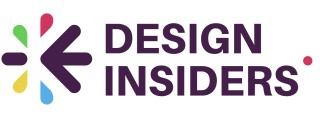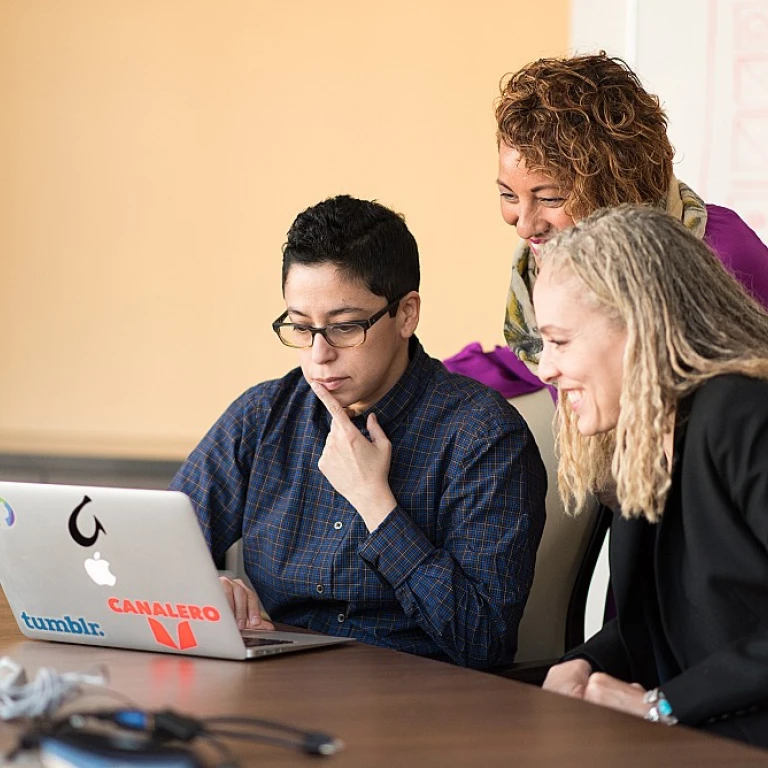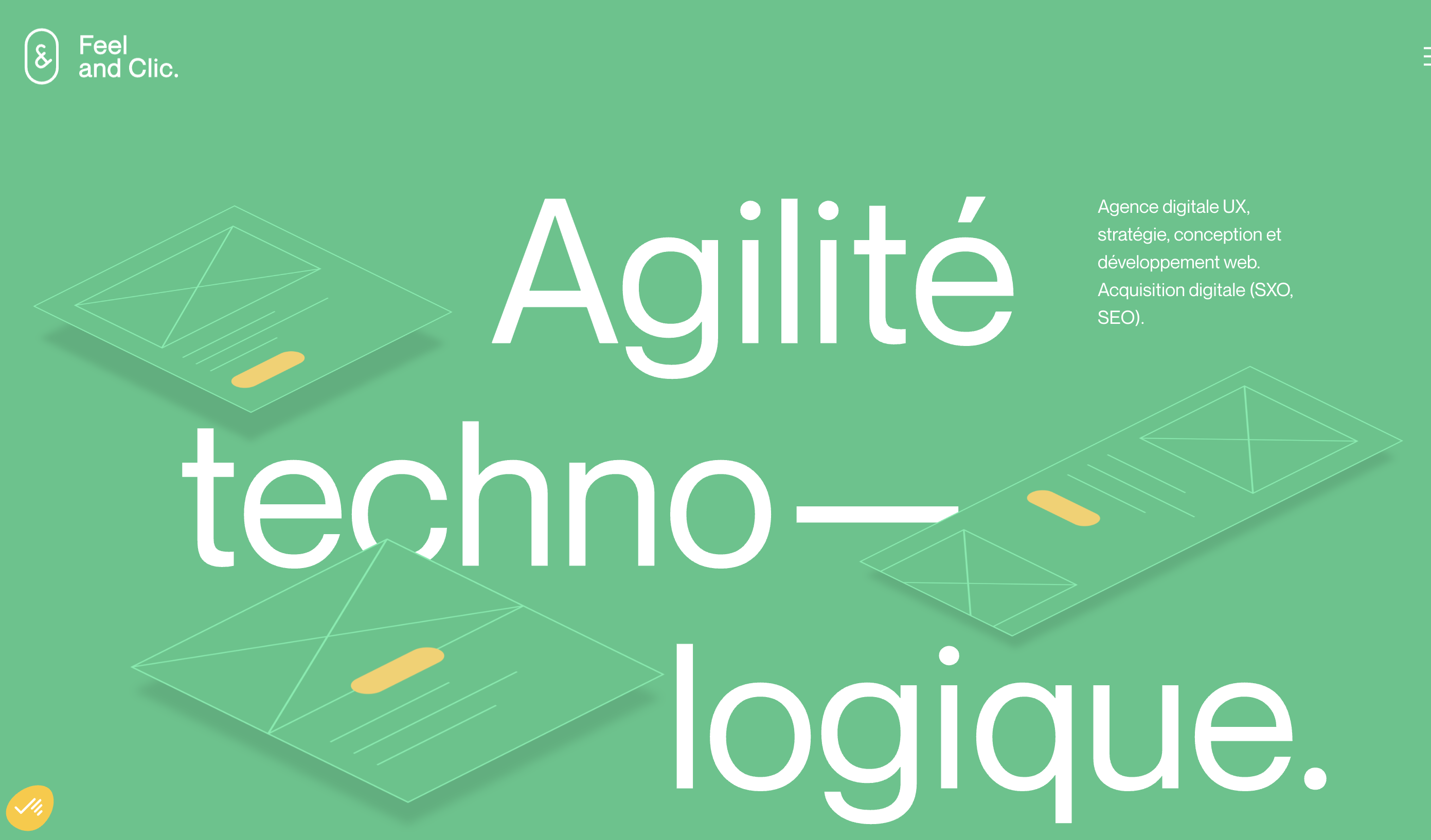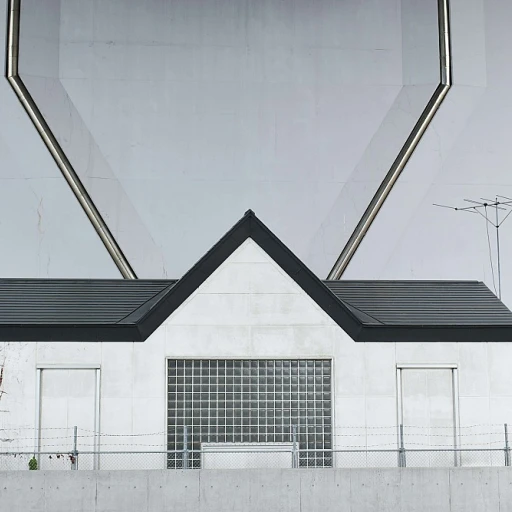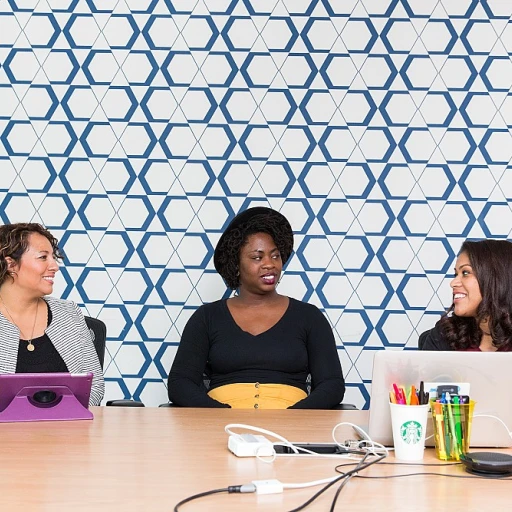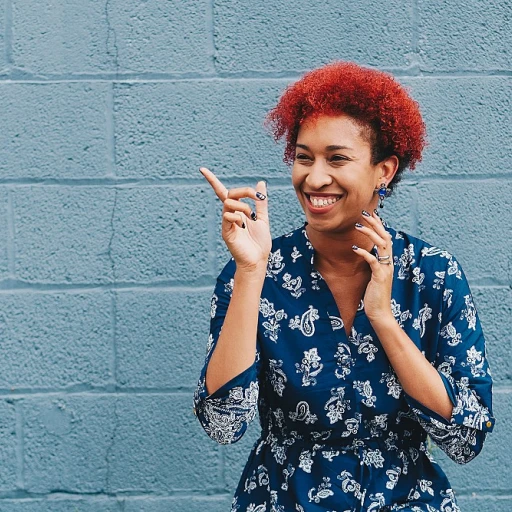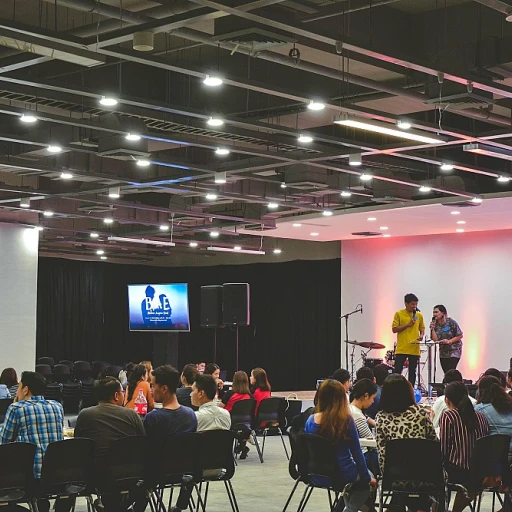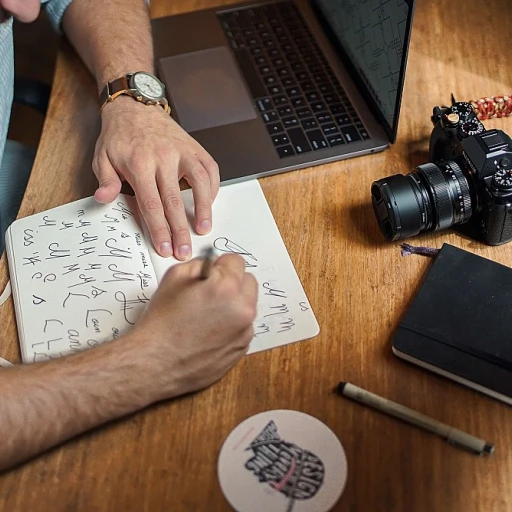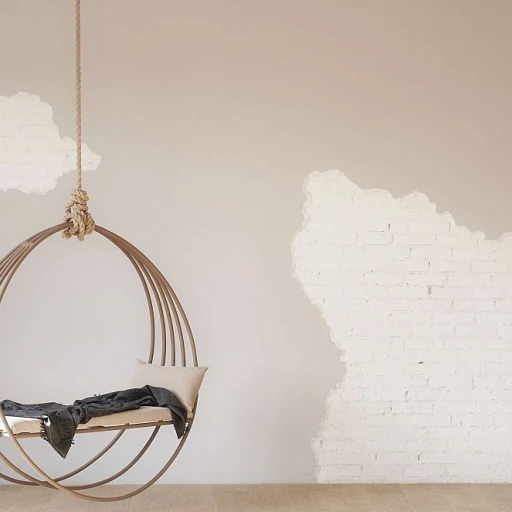
Understanding the Essence of Innovative Design
Exploring the Core of Genuine Innovation in Design
Innovation in design is frequently mistaken for merely introducing new features or marketing strategies. However, the true essence of innovative design lies in its ability to transcend traditional norms and deliver unprecedented value. This concept necessitates a deep understanding of not just what is new, but what is genuinely transformative. In today's swiftly evolving design landscape, a project deemed innovative must demonstrate a creative leap, incorporating unique solutions that disrupt existing paradigms. This approach requires a designer to not only incorporate cutting-edge elements but to also deliver tangible benefits to the end user. Designs need to balance aesthetics and functionality while maintaining a sustainable approach. It's vital to ascertain whether a project is truly pushing boundaries or merely following trends under the guise of innovation. For example, the infusion of technology can be a powerful driver, but its integration must connect with users in meaningful ways, ensuring user experience is enhanced, not hindered. To achieve authentic innovation, designers should embrace collaborative mindsets, drawing on diverse perspectives to foster creativity. Collaborative efforts often yield richer, more comprehensive solutions, reflecting a synthesis of insights and expertise. Viewing challenges as opportunities for growth is another marker of genuinely innovative efforts, as overcoming obstacles can lead to breakthroughs that wouldn't otherwise be possible. Therefore, a critical approach is necessary for assessing whether a design project is truly innovative. Designers should consider revisiting their design processes and strategies, perhaps drawing insights from approaches like crafting innovative business ideas. Such practices can emphasize the necessity of grounding innovative design in solid frameworks that emphasize concept development and planning.The Role of Technology in Design Innovation
The Interplay of Technology and Creative Vision
In today's fast-paced digital landscape, the infusion of technology into design has become an undeniable force driving innovation. As designers, understanding how to adeptly blend technological advancements with creative vision is essential to ensuring our projects' uniqueness and effectiveness. Here are some key aspects to consider:- Emergence of New Tools: With rapid technological advancements, designers have more tools at their disposal than ever before. From virtual reality environments to 3D printing, staying updated with these technologies allows for groundbreaking design opportunities.
- Integration with Artificial Intelligence: AI is transforming the design industry, not only by streamlining processes but also by enhancing creative capabilities. It's crucial to embrace this change. For more insights, check out this comprehensive discussion on AI’s role in digital design.
- Enhancing User Experience through Tech: Tech-driven design focuses on creating a seamless user experience. By integrating responsive technologies, designers can craft immersive environments that resonate more deeply with the target audience.
- Data-Driven Design Decisions: As technology allows access to extensive user data, it becomes possible to design with real-time insights. This can inform design decisions and improvements that align closely with user needs and behaviors.
Balancing Aesthetics and Functionality
Finding the Sweet Spot Between Beauty and Utility
In the realm of design, striking a balance between aesthetics and functionality is crucial. While a visually appealing design can capture attention, it must also serve its intended purpose effectively. Entrepreneurs and design teams often face the challenge of ensuring that their projects are not just eye-catching but also practical and user-friendly.
For businesses, the integration of technology in design plays a pivotal role in achieving this balance. By leveraging support technology, designers can create solutions that are both innovative and functional. This approach not only enhances the user experience but also provides proof of concept for potential investors and stakeholders.
Moreover, the development of digital applications requires careful consideration of both form and function. A well-designed application should provide easy access to its features while maintaining an aesthetically pleasing interface. This is particularly important for entrepreneurial projects where the first impression can significantly impact user engagement and financial success.
Ultimately, the goal is to create designs that are not only beautiful but also serve their purpose efficiently. By focusing on the needs of the user and the objectives of the project, designers can ensure that their work stands out in a competitive market. This balance is essential for the long-term success of any design initiative, providing a solid foundation for future innovation and development.
Sustainability in Design Projects
Prioritizing Long-Term Impacts
In the realm of design, sustainability is no longer just an optional addition. It is a vital component that projects must integrate from the inception phase. With the current global emphasis on environmental preservation, design initiatives that do not consider their ecological footprints or {{ sustainable materials }} run the risk of becoming obsolete.
Responsible Resource Utilization
It's crucial to adopt a conscious approach to using resources. The longevity and recyclability of materials should be considered to extend the life cycle of a product. While achieving aesthetic brilliance, designers must also explore the potential of eco-friendly {{ design processes }} that reduce wastage and environmental impacts.
Designs that Enhance Nature
Ultimately, sustainable design thrives on the principle of co-existing with nature. Projects that incorporate elements like green rooftops, energy-efficient systems, or elements that contribute to air purification are not just beneficial to the ecosystem, but they leverage technology to support the environment. Embracing these holistic design strategies not only fortifies the functional value of projects but also adds substantial market appeal.
Collaborative Approaches to Design
Encouraging Dynamic Collaboration for Breakthrough Designs
In the journey of transforming a simple concept into an innovative design, collaboration stands as a crucial pillar. Realistically, no single designer possesses all the answers, and leveraging the diverse skills and perspectives of a broader team can significantly enhance creativity and project outcomes.- Cross-disciplinary Insight: Engaging professionals across different fields—be it technology, engineering, or marketing—can spark new ideas and solutions that an isolated approach might not uncover. This cross-disciplinary insight helps bridge the gap between what's technologically feasible and what's aesthetically striking.
- Interactive Feedback Loops: Creating forums where feedback flows openly can prevent potential design pitfalls. Regularly scheduled brainstorming sessions and prototype reviews help teams stay aligned with project goals while adapting flexibly to new insights.
- Fostering a Culture of Innovation: Encourage an environment where team members feel comfortable sharing bold ideas without judgment. This culture cultivates a willingness to explore unconventional paths, leading to groundbreaking projects.
